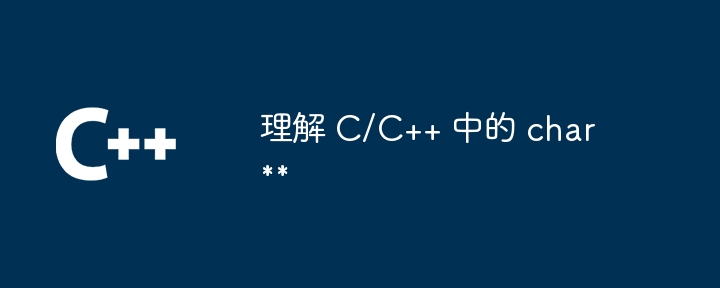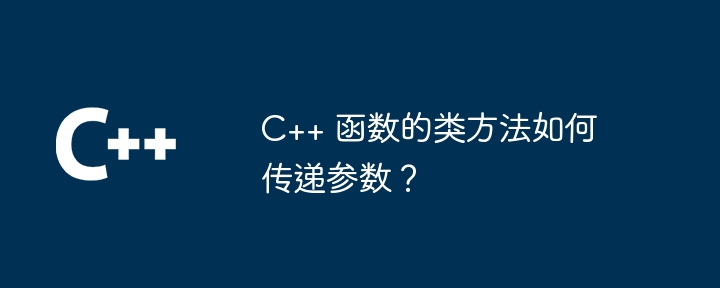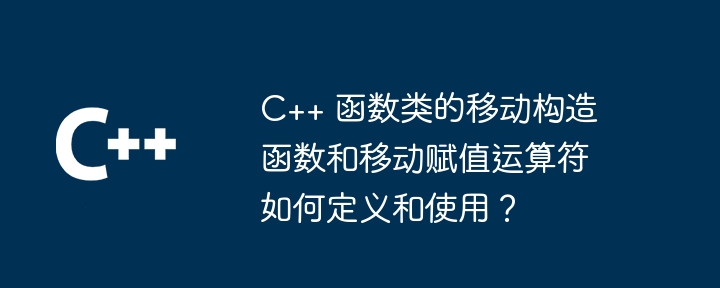在类方法中处理异常对于编写健壮代码至关重要。异常处理的步骤包括:抛出异常:使用 throw 关键字后跟异常对象。捕获异常:使用 try-catch 语句处理可能抛出的异常,根据异常类型进行捕获。基类处理异常:在基类中使用 catch(...) 捕获所有异常。实践案例:使用 filesearcher 类演示文件读取和字符串查找过程中的异常处理。

C++ 类方法的异常处理实践
异常处理是 C++ 中一种强大的机制,用于处理异常情况,例如无效输入、内存不足或文件访问错误。在类方法中处理异常对于编写健壮且可靠的代码至关重要。
异常类层次结构
立即学习“C++免费学习笔记(深入)”;
C++ 标准库提供了一组异常类,用于表示不同类型的异常情况。最基本的异常类是 std::exception。其他异常类从此基本类派生,表示更具体的异常类型,例如:
- std::runtime_error:表示运行时错误
- std::invalid_argument:表示无效的函数参数
- std::out_of_range:表示超出范围的访问
抛出异常
要从类方法中抛出异常,可以使用 throw 关键字后跟异常对象。例如:
void MyFunction(int input) {
if (input < 0) {
throw std::invalid_argument("输入必须是非负数");
}
}捕获异常
为了处理类方法中可能抛出的异常,可以使用 try-catch 语句。以下是如何在调用 MyFunction 时捕获其抛出的异常:
int main() {
try {
MyFunction(-1);
} catch (const std::invalid_argument& e) {
std::cerr << "错误: " << e.what() << std::endl;
return 1;
}
}在基类中处理异常
如果子类可能抛出基类未声明的异常,则可以在基类中声明一个 catch(...) 捕获所有异常。不过,这应该谨慎使用,因为它可能会隐藏重要信息。
实战案例
考虑一个读取文件并查找特定字符串的类方法。该方法可能会抛出各种异常,包括文件不存在、文件访问权限被拒绝或字符串未在文件中找到。
class FileSearcher {
public:
std::string FindString(const std::string& filename, const std::string& target) {
try {
std::ifstream file(filename);
if (!file.is_open()) {
throw std::runtime_error("无法打开文件");
}
std::string line;
while (std::getline(file, line)) {
if (line.find(target) != std::string::npos) {
return line;
}
}
throw std::out_of_range("未找到字符串");
} catch (const std::exception& e) {
std::cerr << "错误: " << e.what() << std::endl;
return "";
}
}
};以上就是C++ 类方法的异常处理实践的详细内容,更多请关注php中文网其它相关文章!





